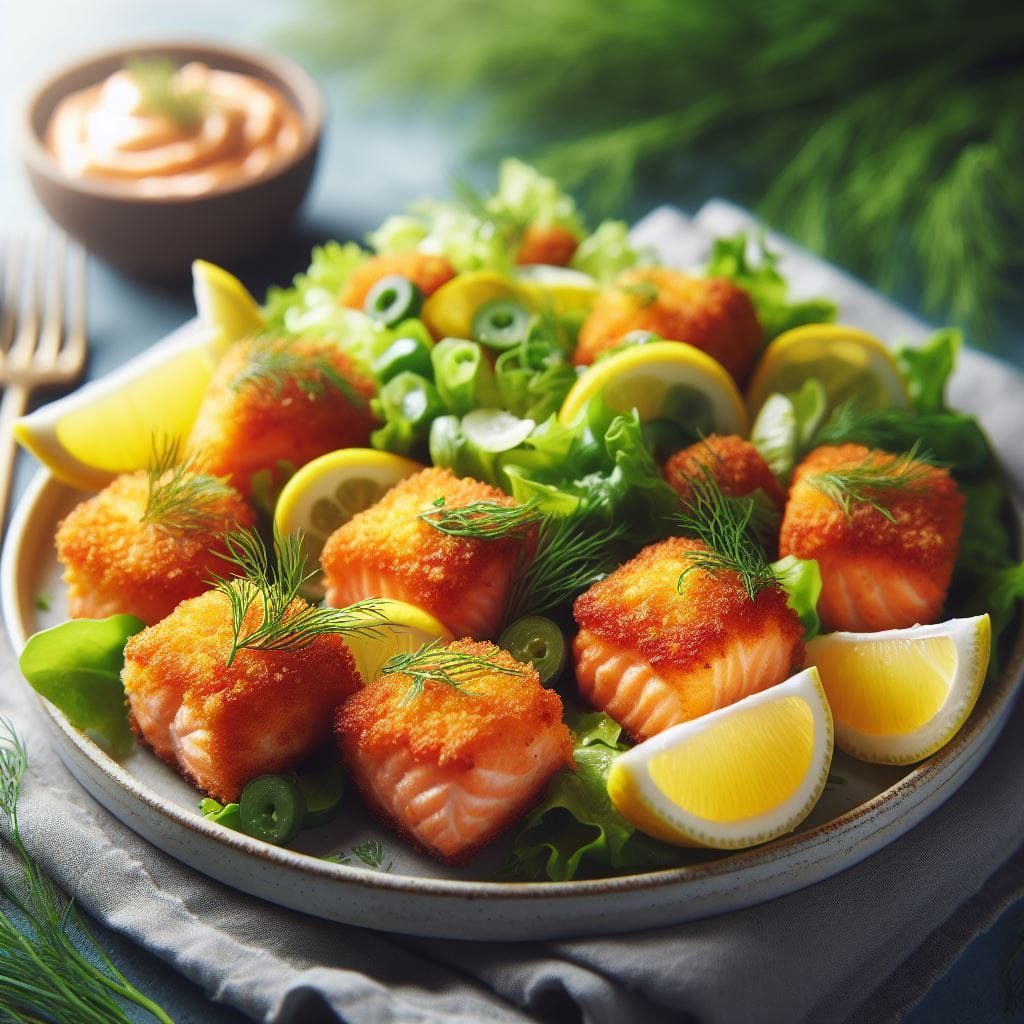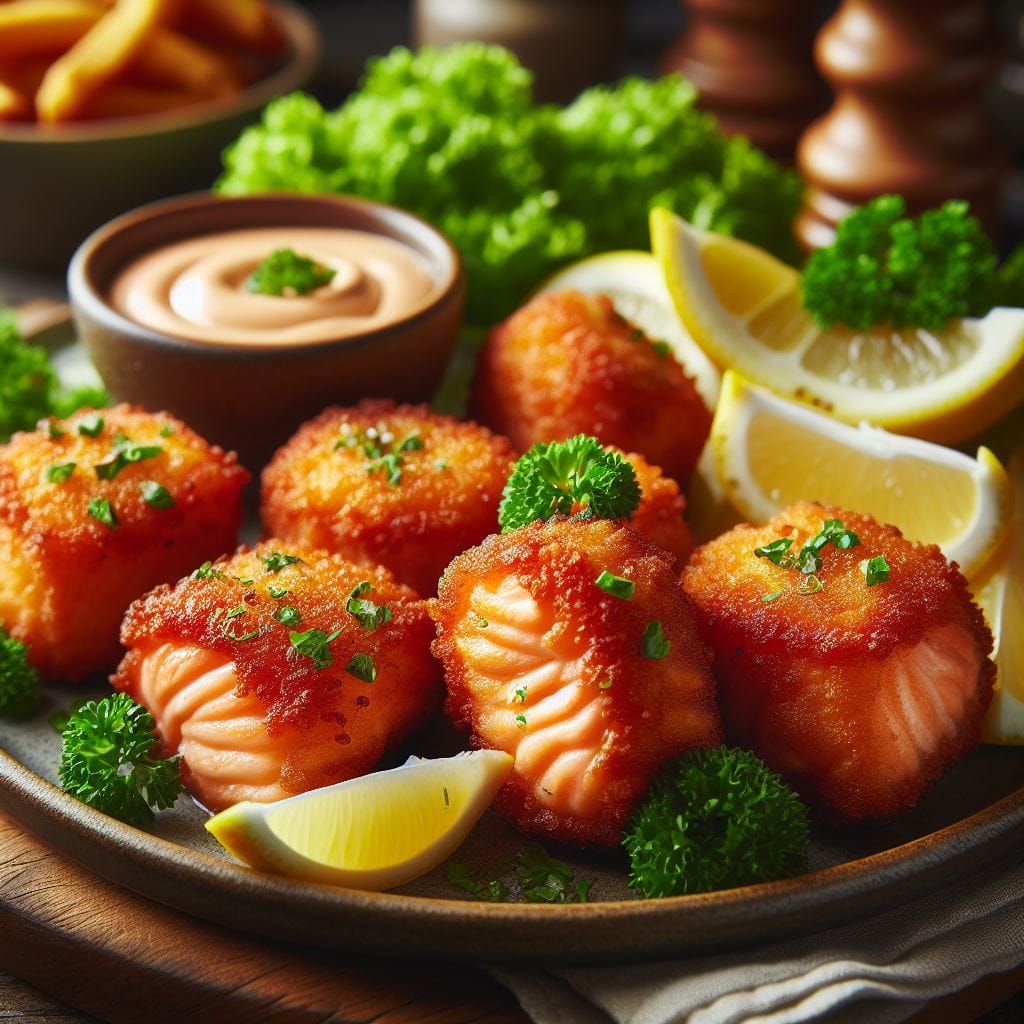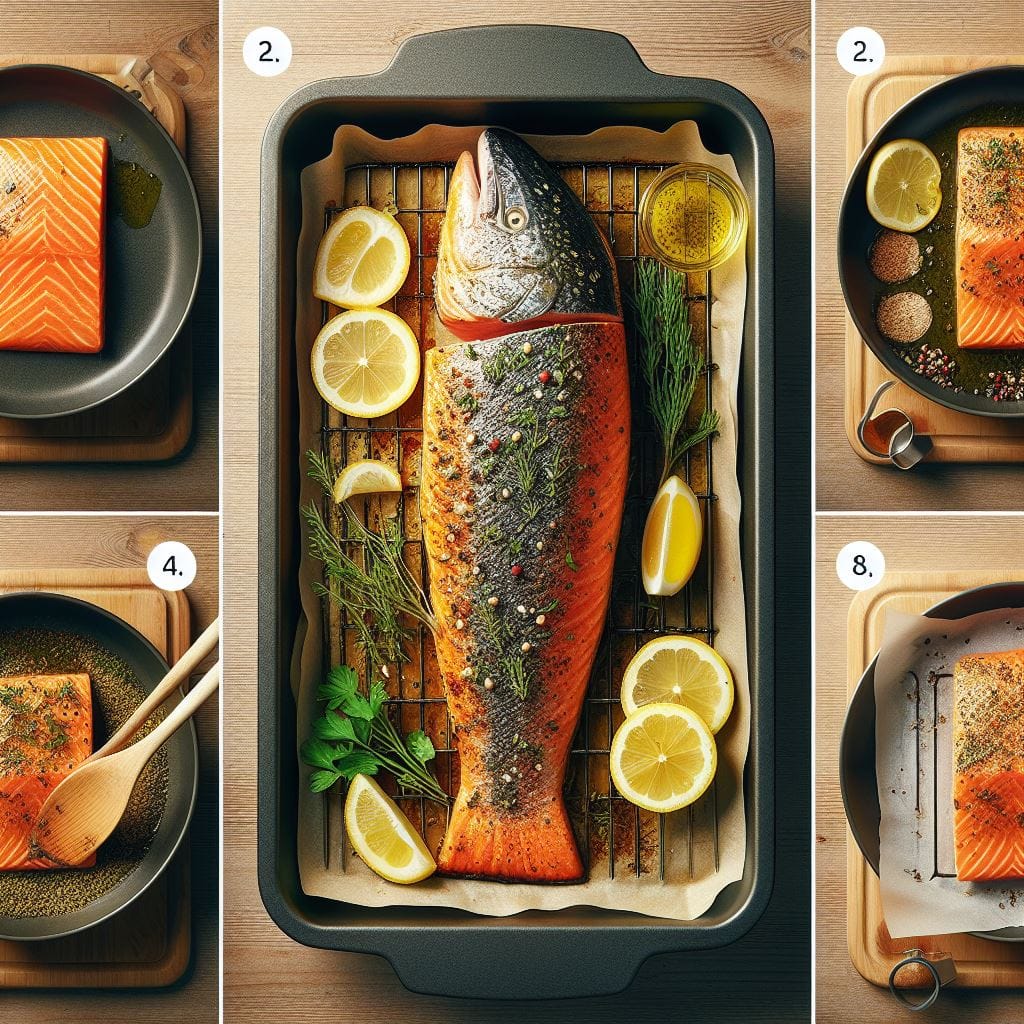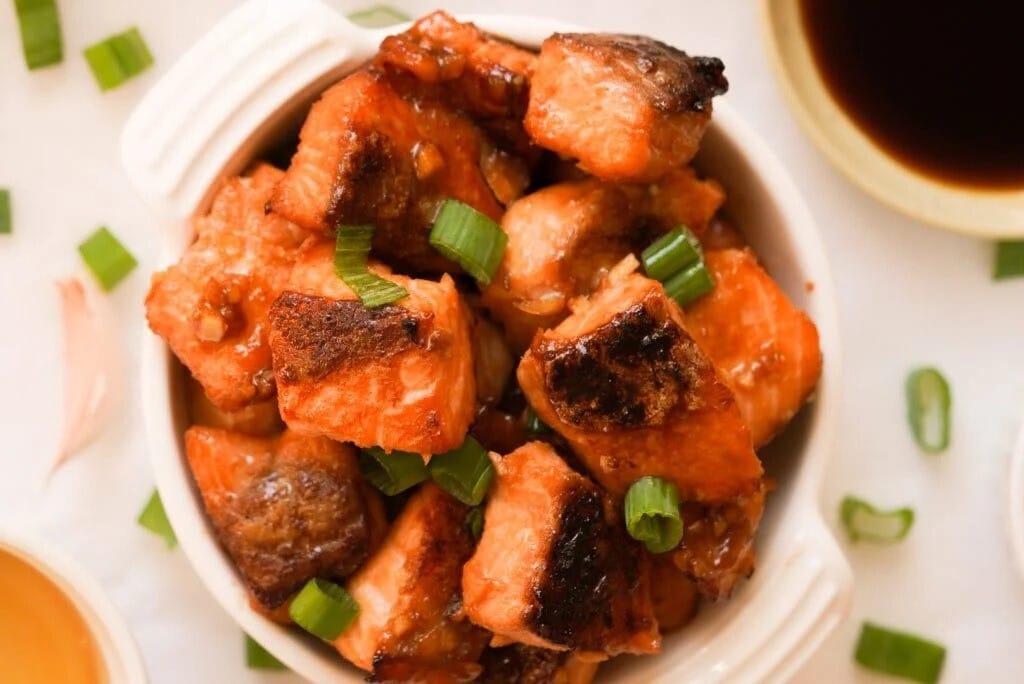Key Takeaways:
- Learn the step-by-step process to create delicious salmon bites using various cooking methods.
- Discover the importance of choosing the right type of salmon and seasoning for optimal flavor.
- Understand how to serve and store salmon bites for the best dining experience.
Salmon bites are a versatile and delicious way to enjoy one of the most nutritious fish available. Whether you're looking for a quick snack, a party appetizer, or a new way to enjoy salmon in your meals, this guide will walk you through everything you need to know about making salmon bites that are sure to impress.
Choosing Your Salmon: Freshness Counts
When it comes to making salmon bites, the freshness of your fish is paramount. Opt for wild-caught salmon or sockeye salmon for a robust flavor, or king salmon for a richer, fattier bite. If fresh salmon isn't available, frozen salmon can be a convenient alternative. Just ensure it's fully thawed and patted dry before you start.
Cutting the Perfect Bite-Sized Pieces
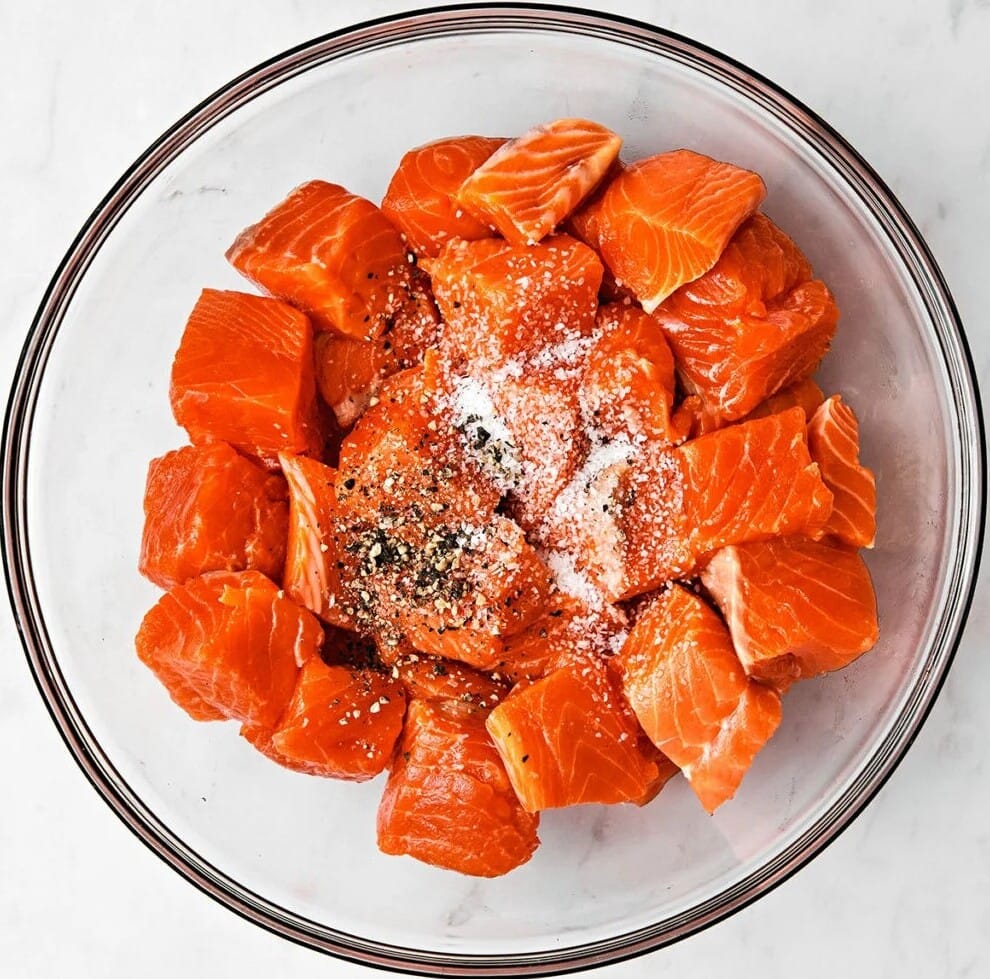
To create the ideal salmon cubes, lay your salmon filets skin-side down on a cutting board. Using a sharp knife, slice the salmon into 1-inch cubes, ensuring each piece is uniform to cook evenly. If your salmon has skin, you can choose to remove it or leave it on for added texture.
Seasoning Your Salmon Bites
The secret to flavorful salmon bites lies in the seasoning. In a large bowl, combine soy sauce, lemon juice or lime juice, garlic powder, salt and pepper, and any additional spices like cajun seasoning or sweet paprika. Toss the cubed salmon in the mixture until each piece is well-coated.
Air Fryer Salmon Bites: Crispy and Healthy
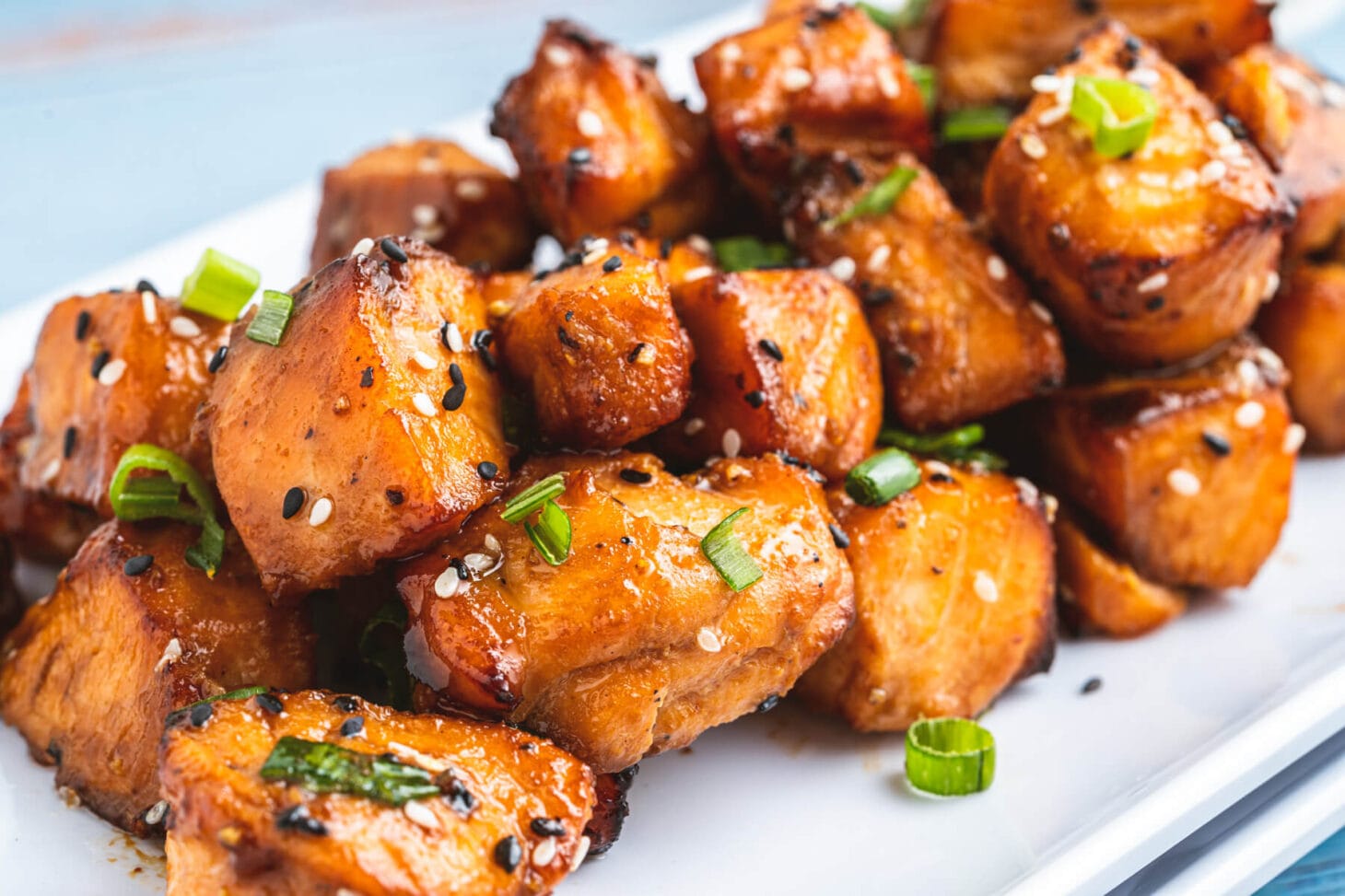
For those who love a good crunch without the saturated fat of traditional frying, air frying is the way to go. Preheat your air fryer and lightly coat the air fryer basket with olive oil spray. Arrange the seasoned salmon in a single layer, ensuring they don't touch. Air fryer salmon bites typically take about 8-10 minutes at 400°F, but always check the internal temperature to ensure they're fully cooked.
Baking for Ease and Convenience
If you don't have an air fryer, baked salmon bites are just as delicious. Preheat your oven and line a baking sheet with parchment paper for easy cleanup. Spread the salmon evenly on the sheet and bake at 400°F for 12-15 minutes. The result? Perfectly cooked salmon bites with minimal effort. Pan-Frying Salmon Bites: A Crispy Delight For those who crave the crunch, pan-frying instructions for crispy salmon bites are a must-try. Begin by heating a generous amount of oil in a skillet over medium-high heat. While the oil warms, toss your bite-sized pieces of salmon, which have been patted dry, in a medium bowl with your choice of seasonings. A dash of cayenne pepper and a sprinkle of fresh garlic can elevate the flavor profile. Once the oil is hot, carefully place the salmon chunks into the skillet, ensuring they are not overcrowded to achieve that perfect golden crust.
Pan frying offers a delightful contrast with a crispy exterior and tender interior. To make this recipe even more mouthwatering, consider adding a coating of sesame seeds to your salmon bites before they hit the pan. The seeds will toast as the salmon cooks, providing an extra layer of texture and nuttiness. Remember to keep an eye on the salmon skin, as it can crisp up quickly, offering a delicious recipe twist that's hard to resist. Serve these fried salmon morsels with a side of green onion-infused dipping sauce for a main course cuisine that's sure to impress.
Incorporating Gluten-Free Options for Salmon Bites Catering to all dietary needs, this delicious recipe can easily be adapted to be gluten-free. Instead of using traditional breadcrumbs or flour for your crispy salmon bites, opt for a gluten-free alternative like almond flour or crushed gluten-free crackers. Mix these with your favorite herbs and spices in a medium bowl, then gently coat each piece of wild salmon, ensuring each bite is evenly covered. This simple swap allows everyone to enjoy the savory taste of cooked salmon bites without any dietary concerns.
When it comes to serving nutrition per serving, these gluten-free salmon bites don't fall short. They pack a punch with healthy omega-3 fatty acids and lean protein. To complete the meal, consider pairing them with a fresh salad or steamed vegetables. For those who love their air fryer, more air fryer recipes can be adapted to be gluten-free as well. Simply use an air fryer liner to prevent sticking and cross-contamination, and you'll have a variety of options for your main course cuisine that are both delicious and inclusive.
Marinating Magic: Flavor Infusion for Your Salmon Bites
When it comes to creating mouthwatering salmon bites, marinating is your secret weapon. Before you air fry or pan fry those bite-sized pieces, consider letting them swim in a sea of flavors. A simple marinade can consist of olive oil, lemon juice, and your choice of herbs.
This not only seasons the salmon but also tenderizes it, ensuring each bite is succulent and full of zest. For those following a gluten-free diet, be mindful of the ingredients; a gluten-free soy sauce or tamari can be a great addition to your marinade mix.
Marinating doesn't have to be a lengthy process. Even a quick 15-minute soak can significantly enhance the flavor profile of your salmon bites recipe. If you're pressed for time, opt for stronger flavors like minced garlic or Dijon mustard to impart a more robust taste in a shorter period. Remember, the goal is to complement the natural flavors of the salmon, not overpower them.
Experiment with different combinations to find your perfect match, and watch as your salmon bites turn into a crowd-pleaser at any gathering.
Nutritional Nuggets: The Power of a Single Bite
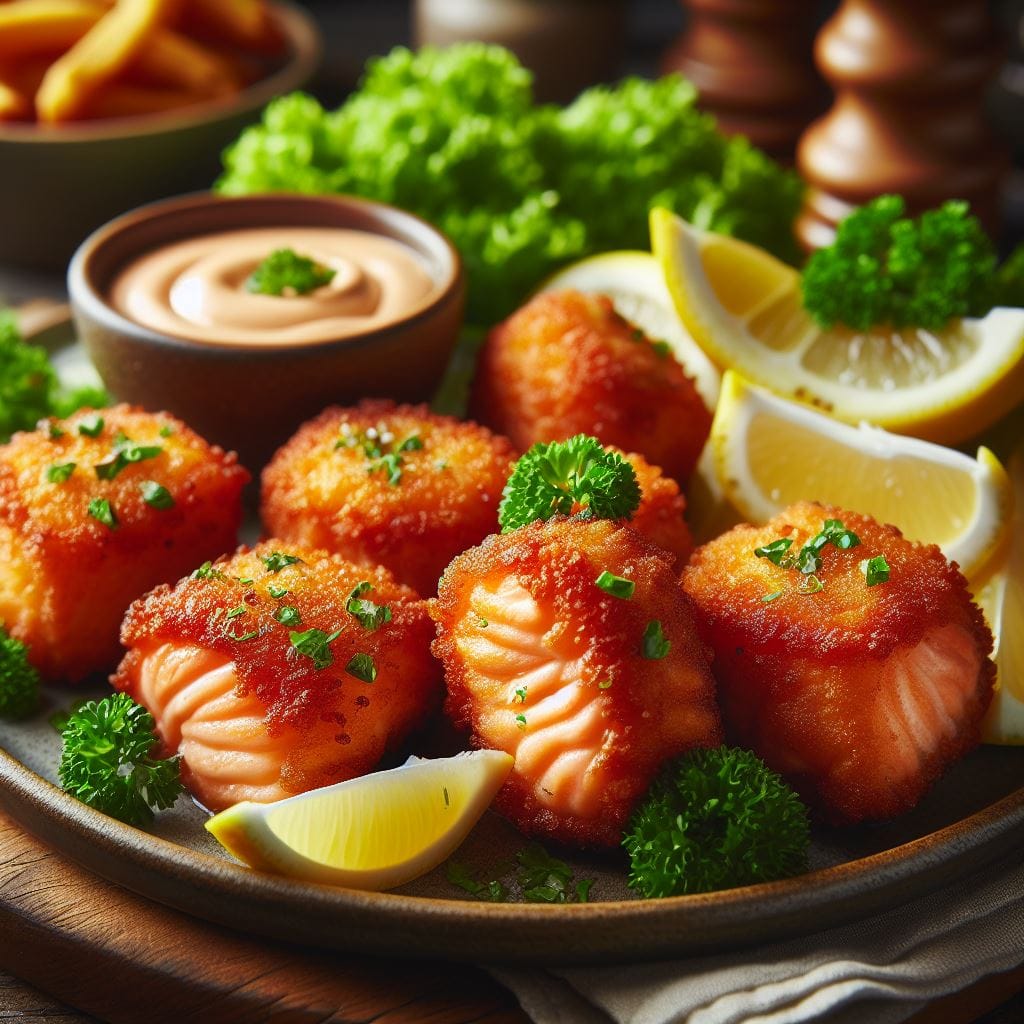
Every nutrition serving of salmon is packed with omega-3 fatty acids, which are essential for heart health and cognitive function. When crafting your salmon bites recipe, consider the immense health benefits that each bite-sized piece offers. By choosing to air fry your salmon, you're opting for a cooking method that requires less oil, reducing the overall calorie count without compromising on the crispy texture that everyone loves. It's a win-win for both taste and health.
For those who are health-conscious or have dietary restrictions, salmon bites can be easily adapted to fit gluten-free needs. By using alternative coatings such as almond flour or crushed gluten-free crackers, you can still achieve that desirable crunch.
Additionally, incorporating a variety of spices not only seasons the salmon but also can contribute additional health benefits. For instance, adding turmeric can provide anti-inflammatory properties, while a sprinkle of paprika can give a gentle boost to your metabolism. With salmon bites, you're not just indulging in a delicious treat; you're also nourishing your body with every bite.
The Perfect Pair: Dipping Sauces
No salmon bite is complete without a dipping sauce. Whether you prefer a creamy dip, thai sweet chili sauce, or a simple mix of soy sauce and hot sauce, the right sauce can elevate your salmon bites to the next level. Serve them with a variety of sauces to cater to all taste preferences.
Storing Leftover Salmon Bites
If you have any delicious leftover salmon bites, you can easily store them in an airtight container and pop them in the refrigerator. This way, you can enjoy their delectable flavors for up to 3 days! These versatile bites are not only perfect for meal prep, but they also make a fantastic protein addition to a variety of dishes.
Consider adding them to a classic Caesar salad for an extra burst of flavor, or use them to create a wholesome and satisfying salmon bowl, complete with nutritious brown rice and a sprinkle of fresh herbs. The possibilities are endless when it comes to incorporating these scrumptious salmon bites into your meals!
Serving Suggestions: Beyond the Bite
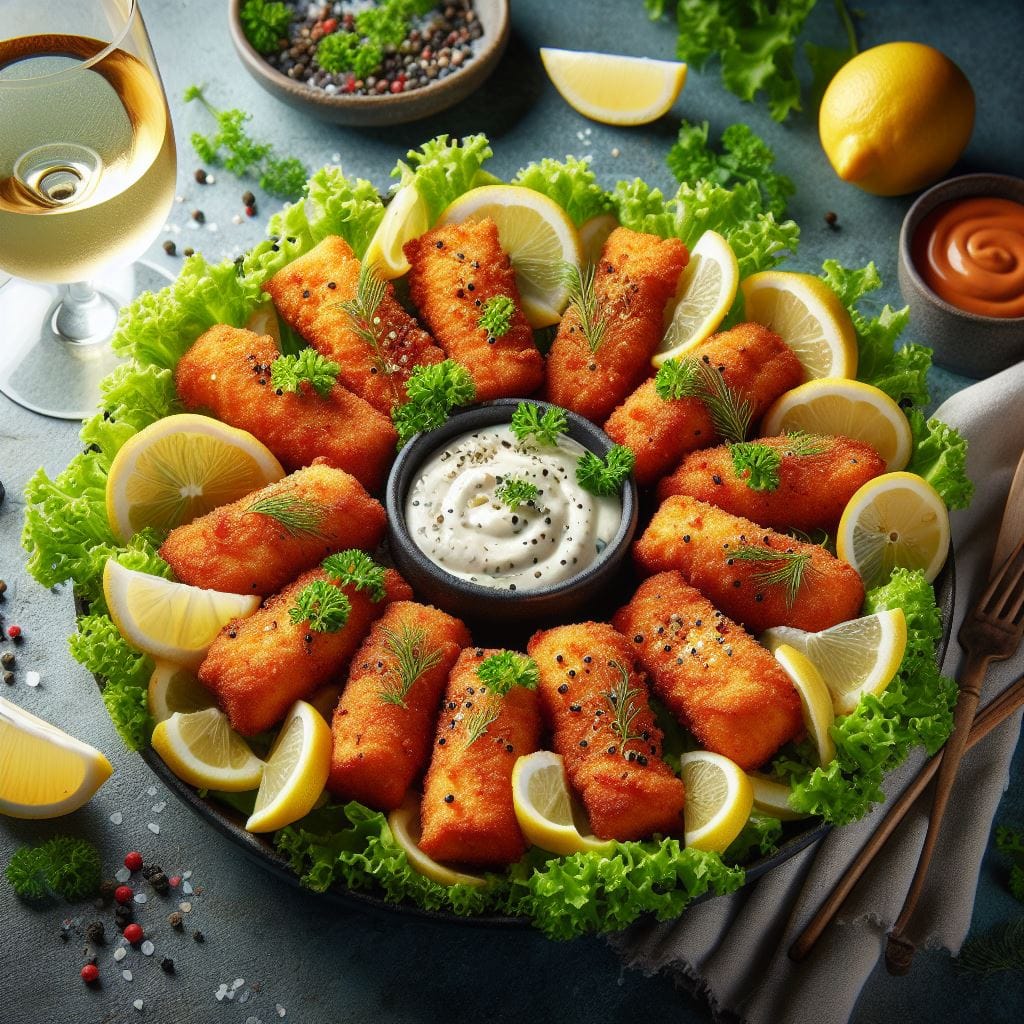
While delicious on their own, salmon bites can be incorporated into a variety of dishes. Toss them into a salad, add them to a pasta dish, or simply serve them over rice with a side of veggies. The possibilities are endless when it comes to eating salmon.
Health Benefits of Salmon
Salmon is not only tasty but also packed with omega-3 fatty acids, which are essential for heart health. By choosing to make salmon bites, you're opting for a meal that's high in protein and low in saturated fat, making it a smart choice for those looking to maintain a healthy diet.
More Salmon Recipes to Explore
If you've enjoyed learning how to make salmon bites, don't stop there. There are more salmon recipes and easy salmon recipes to try, such as grilled salmon steaks, salmon tartare, or a classic salmon fillet with a lemon butter sauce. Expand your culinary repertoire and keep your taste buds excited.

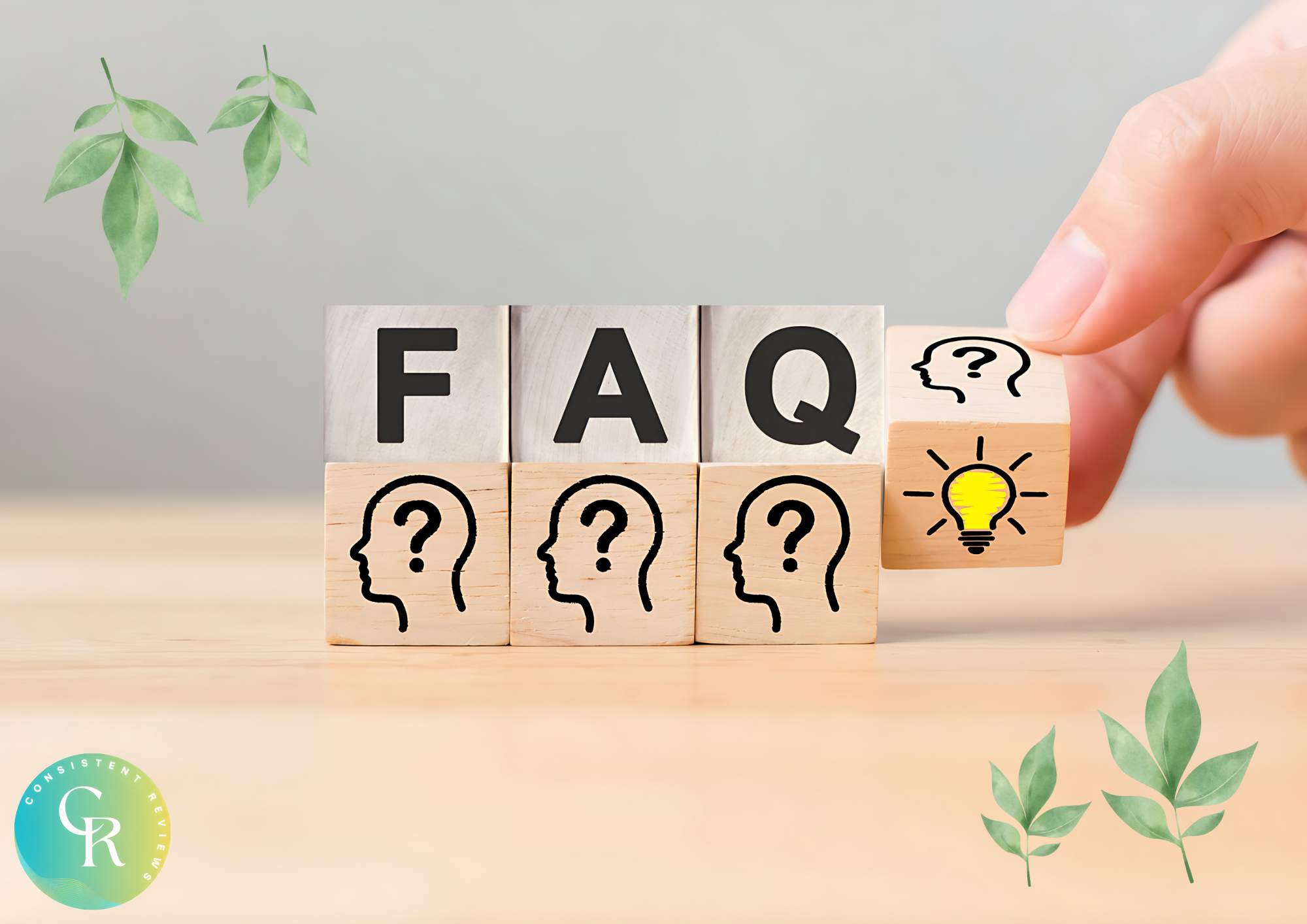
How do I know when my salmon bites are fully cooked?
Salmon bites are fully cooked when they reach an internal temperature of 145°F (63°C). You can check this with a food thermometer. The flesh should also be opaque and flake easily with a fork. If you don't have a food thermometer, another way to check is by cutting into the salmon bite; if it's mostly pink with just a little bit of translucence in the middle, it's likely done.
Is it possible to make salmon bites without an air fryer or oven?
Yes, you can make salmon bites without an air fryer or oven. You could pan-fry them on the stovetop. Heat some oil in a pan over medium heat, add your salmon bites, and cook them for about 2-3 minutes on each side until they're golden brown and cooked through. Make sure not to overcrowd the pan, as this can cause the salmon bites to steam rather than brown.
How do you prepare salmon?
Preparing salmon involves several steps. First, you need to rinse the fish under cold water and pat it dry with paper towels. Then, you can season it with your choice of herbs, spices, or marinades. Some popular options include lemon, dill, garlic, and soy sauce. After seasoning, the salmon can be cooked using your preferred method, such as grilling, baking, or pan-searing.
What is the easiest way to eat salmon?
The easiest way to eat salmon is to bake it. Baking is a simple, hands-off cooking method that allows the salmon's natural flavors to shine through. Simply place the seasoned salmon on a baking sheet, pop it in a preheated oven at 400°F (200°C) for about 12-15 minutes, and you're done. You can serve it with a side of vegetables or a salad for a healthy, balanced meal.
How to cook salmon with or without skin?
Cooking salmon with the skin on can help to keep the fish moist and flavorful. Simply season the salmon as desired, place it skin-side down in a hot pan with some oil, and cook until the skin is crispy. If you prefer to cook salmon without the skin, you can remove it using a sharp knife before cooking. However, be aware that the fish might be more prone to drying out.
What is the best method to cook salmon?
The best method to cook salmon depends on your personal preference and the specific recipe you're using. However, many people prefer pan-searing because it gives the salmon a deliciously crispy exterior while keeping the interior moist and tender. Baking is another popular option because it's simple and hands-off.

Salmon bites are a delightful and easy way to enjoy salmon in a new and exciting way. By following the steps outlined in this guide, you can create flavorful, perfectly cooked salmon bites using an air fryer or oven. Remember to choose fresh or properly thawed salmon, season it well, and pair it with a complementary dipping sauce. Store any leftovers properly to enjoy your salmon bites for days to come.
